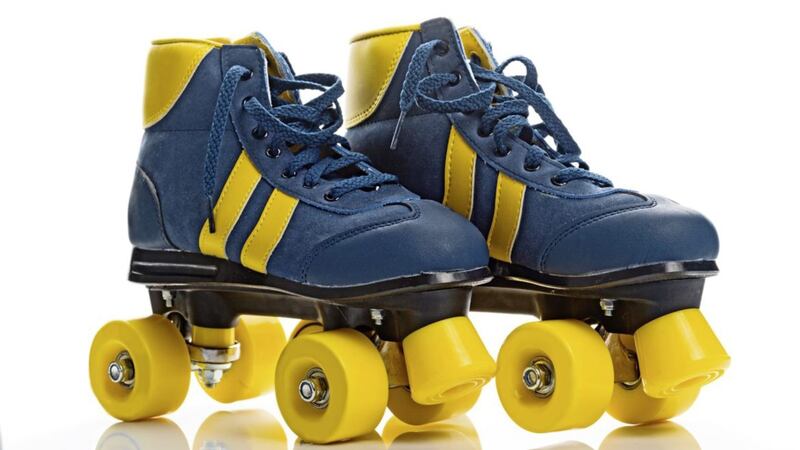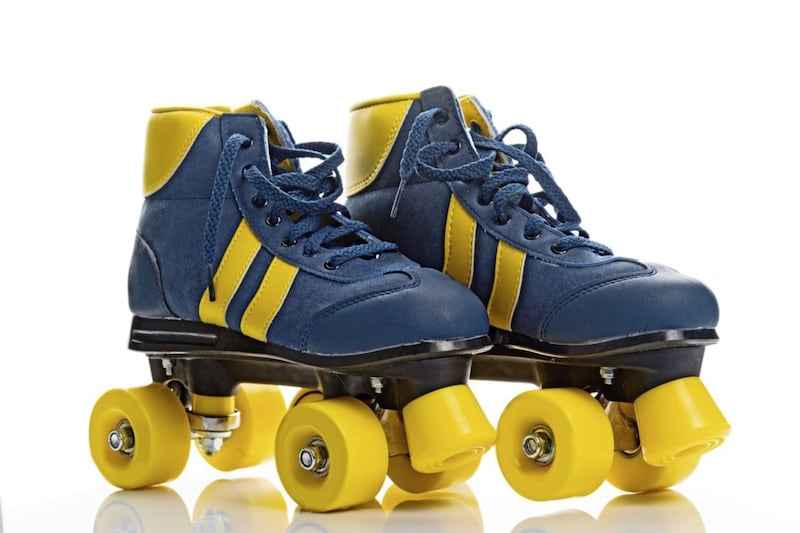A HIGH-tech roller skate is?getting arthritic knees moving again after surgery. The 12-wheeled skate, plus a mobile?app, is designed to boost recovery and improve joint movement after knee-replacement operations.
The device allows seated patients to carry out muscle-strengthening exercises without putting pressure on the new joint.
Knee replacement surgery, which involves replacing a damaged knee with an artificial joint, is carried out more than 70,000 times a year on the NHS. Most patients are able to resume normal daily activities, including driving, within six weeks, although it may take up to a year to fully recover.
One of the challenges is getting the maximum range of movement in the new knee, which can make tasks such as climbing stairs or getting out of a chair a struggle.
Research suggests that up to 20??per cent are not satisfied with the results of their operation, with a limited range of motion being one of the top complaints.
This is often caused by arthrofibrosis – where excessive scar tissue forms after surgery, creating adhesions, bands of tissue, which restrict movement in the joint. The condition occurs in up to 13??per cent of knee replacements.
Some research suggests that exercise is key to regaining as great a range of movement as possible in order to combat the restrictive effects. Exercises, which can include stretches, knee bends and leg raises, can be repetitive and painful, which may mean patients stop doing them.
The Maxm Skate, which is being trialled at Flinders University in Australia, is designed to put the knee and leg through a variety of? movements without placing pressure on the new joint.
Its inventor, Dr Matthew Liptak, an orthopaedic surgeon at Flinders Hospital, says the skate is the first of its kind. Similar to a roller skate, it has six pairs of wheels – four on the base and one each in front of the toes and behind the heel – allowing the skate to rock to and fro as the wearer bends and straightens their knee, enabling them to put the new joint through a range of motion without placing weight on it.
The patient straps their foot on to the skate and attaches a lead with two handles to the front of it. While seated, they pull on the lead, gently moving their leg. Daily 30-minute push-and-pull sessions increase muscle strength and the range of movement.
Sensors strapped to the leg record the range achieved and send this data to a mobile app, allowing patients and their physiotherapists to track the progress.
The trial is comparing the recovery, including range of motion and level of pain, in patients using the skate and a group given the normal programme.
© Solo dmg media




